Some of the latest gaming technologies, including interactive headsets and gloves, are being used to train pilots say BAE.
The £2.3M Training and Simulation Integration Facility (TSIF) at Warton, Lancashire has been developed in collaboration with Williams Advanced Engineering and contains simulation capabilities for multiple aircraft types including BAE Systems’ Hawk, Typhoon and future concept aircraft. The TSIF provides an immersive environment for pilots, customers and engineers.
The different technologies demonstrated in TSIF to show existing and potential customers what future capabilities could look like include, according to the company:
• A Next-Generation Training Cockpit designed in collaboration with Williams Advanced Engineering which harnesses advanced F1™ technologies and engineering know-how. A twin-seat cockpit simulator can be reconfigured to resemble a range of training and fast jet cockpit environments and allows users to trial the latest in human machine interfaces
• An Augmented Reality Environment which utilises virtual and augmented reality technology to create a fully immersive 3D environment for engineers and pilots to enhance their aircraft maintenance and training skills in complex environments
• A Classroom of the Future featuring wall to wall interactive displays allowing trainees to ‘virtually’ tour the body of an aircraft utilising a number of synthetic training aids designed to enhance the learning experience, reduce the reliance on expensive physical tools and increase the rate of learning
• A Networked Synthetic Environment which employs a suite of high-speed desktop simulators for multiple aircraft types including Hawk and Typhoon, all connected via a dedicated engineering network. The technology allows pilots and engineers to train together in a synthetic environment and simulate a range of realistic mission training scenarios involving multiple aircraft types.
Steve Timms, Managing Director, Defence Information, Training & Services at BAE Systems, said:
“This new facility represents a fresh blueprint for the future training of pilots and engineers. Such an innovative application of virtual reality and simulation technologies offers a wealth of advanced, more affordable techniques for the training of teams on the maintenance and design of advanced fast jets – and this is just the beginning of possible applications for that technology in the sector.”
Craig Wilson, Managing Director for Williams Advanced Engineering, added:
“TSIF represents innovation through collaboration – with virtual reality and simulation technology being used. At Williams Advanced Engineering, we are driving innovation with world-class engineering solutions and technology transferred from our origins in Formula One, where simulation and training are of the utmost importance.
We are delighted to be working with BAE Systems on this project having developed a strong relationship based on shared objectives. As technology improves and becomes more accessible it’s only natural for training techniques to evolve also, and those training in this facility will do so having access to cutting-edge toolsets.”


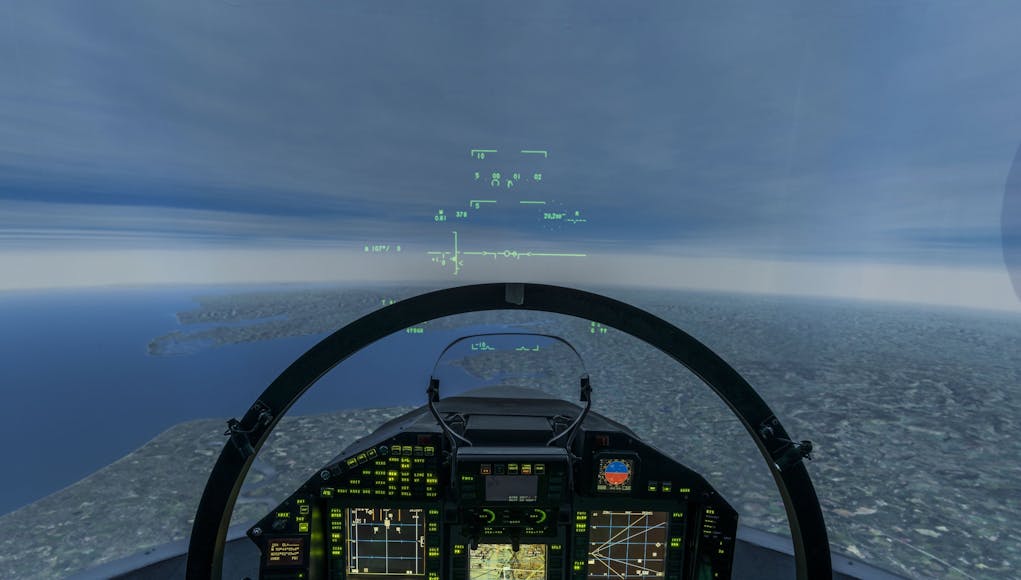
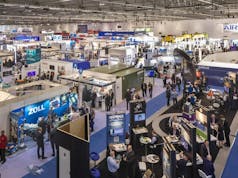
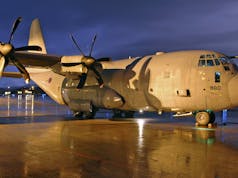
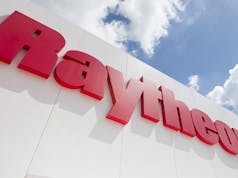

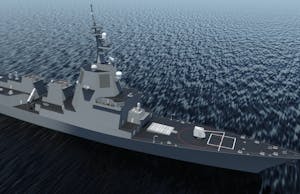









Trying to put in resumes for BAE systems in Fort Wayne, Ind.,and I keep getting redirected to jobs that have nothing to do with BAE systems. Just wandering why?